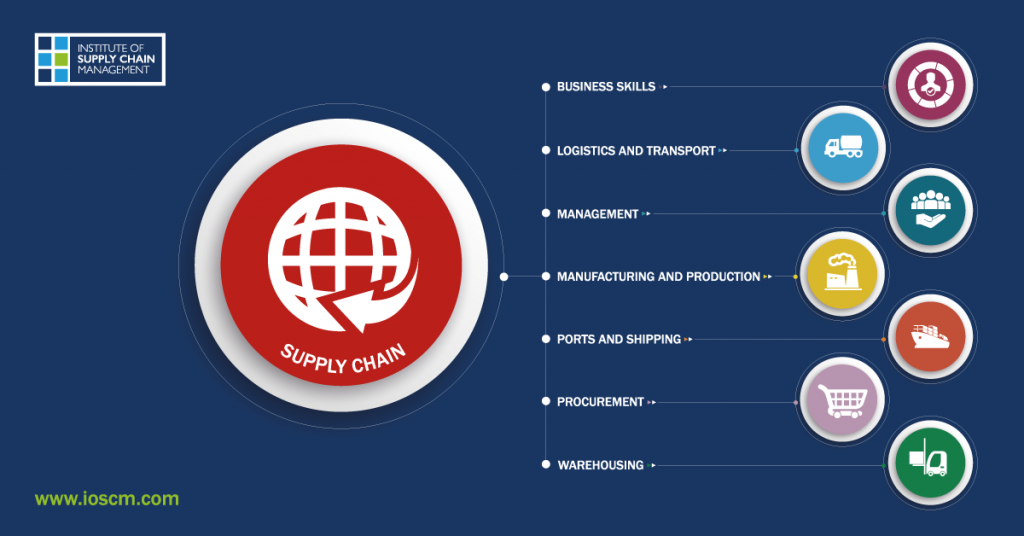
What do supply chain management and golf have in common? They seem like they’re two different worlds; one, a stressful, corporate environment, and the other, a relaxed stroll through nature.
But there are notable similarities, and if you do both, you could use your golf rounds to learn a thing or two about your field.
Next time you’re on the course, instead of clearing your mind and swinging your irons without thinking, be more thoughtful and mindful about how your game relates to your work.
You may be surprised at the insights you come away with! Here are some things you can learn from golf that translate to supply chain management.
Choose Your Tools Carefully
Like golf, there’s a specific set of tools that supply chain managers need in order to be able to do their job properly.
If you land up on the golf course but you don’t have a driver in your bag, things are going to be a little difficult for you. And of course, your game is going to suffer because it’s going to take you longer to reach the green.
In the same vein, if you have a full set of clubs but you’re trying to tee off with a sand wedge and putt with your driver, you’re going to have a problem.
Both in golf and supply chain management, the tools you have and the way you use them are important. Firstly, you need high-quality, reputable tools, like a warehouse management system and CRM.
Secondly, you can have the latest, up-to-date warehouse management systems and technology, but if you’re not using them properly or to their full potential, your business may suffer.
Be Flexible
Although golf is strategic, you need to be willing to adapt and be flexible as you’re moving through your round.
If you hit a wayward shot that doesn’t fit right into your plan, you’ll need to rethink your strategy for that hole and change it up a little bit.
The same is true for the supply chain management. The truth is, supply chain operations are not always a smooth ride. Things go wrong, communication gets skewed, and you never quite know what might happen in a day.
Practicing flexibility and adaptability on the golf course can stand you in good stead for being able to adapt quickly in the supply chain workplace.
Remember, inflexible things break. Flexible things bend. The more flexible you are, the easier you’ll find it to adapt to the inevitable changes in the workplace and the industry.
Patience & Precision
Patience is an underrated quality and it’s essential in both golf and supply chain management.
Impatience leads to mistakes. If you rush through your drive when you’re in the tee box, you spend the rest of the hole trying to make up for a less precise first shot.
In the same way, if you don’t take the time to analyse the green before putting, you’re only going to lose a shot (or two, or three).
It’s the same in supply chain management. If you’re rushing through processes and procedures, there’s a chance that you’ll find yourself in a tough position later on.
The opposite of wayward, impatient golfing or management is precision. Taking your time and making sure you’re getting off to a good start is key for a strong follow-through, both in sport and in business.
Know the Course
Sure, you can play a round of golf without knowing a thing about the course you’re on. There’s a general layout to golf courses which makes it easy for you to get a vague idea of what to expect.
But studying the golf course beforehand will give you the upper hand. Firstly, it will help you formulate a game plan that’s more likely to bring you success. Secondly, it will help you to be flexible on-the-go, as you know what’s ahead and can adapt more seamlessly.
Knowing where the sand traps are and where the water hazards are on the course allow you to create a plan to avoid them from the start, making your game more efficient.
Similarly, understanding the market, trends, and flow of your industry will give you an advantage in the business world. Take a bit of time to learn about your playing field, your sporting ground before going all in.
Start With the End in Mind
Once you’ve had a look at the golf course beforehand and you’re planning your strategy, you kind of work backwards. The pin is your end goal and the tee box is your starting point.
Experienced golfers understand that instead of figuring out your shot from the tee box first, you may have better success working backwards from the pin. For example, what would be the easiest approach shot to the green?
If you can work that out, then the next step is to figure out how to get to a position where you can make that approach shot. That requires you thinking backwards from that shot and figuring out the most appropriate shot to get there.
Navigating supply chain management the same way is a good idea. If you know your goals or KPIs upfront, you’ll find it easier to figure out a step-by-step plan to get there. That way, you have specific shots to hit (or steps to take) along the way in order to ensure the highest chance of reaching your goal without hiccups along the way.
Conclusion
Supply chain management and golf have more in common than you may have initially thought! But with just a bit of mindfulness when you’re swinging your clubs on the course, you can learn valuable lessons about life and business as well.
Whether you’re a newbie to the sport, a mid-handicapper, or a semi-pro, a bit of thoughtfulness while you’re playing will stand you in good stead.
And of course, golf is the most business-like sport out there, so don’t underestimate the power of networking on the golf course, either.
Next time you find yourself on the course, have fun, but don’t forget the learning opportunity.
About the Author
Jordan Fuller is a golfer and writer. When he’s not doing golf-related things like playing a new, exciting course or mentoring other golfers, he’s writing helpful, handy content for golfers, which he shares on Golf Influence.

